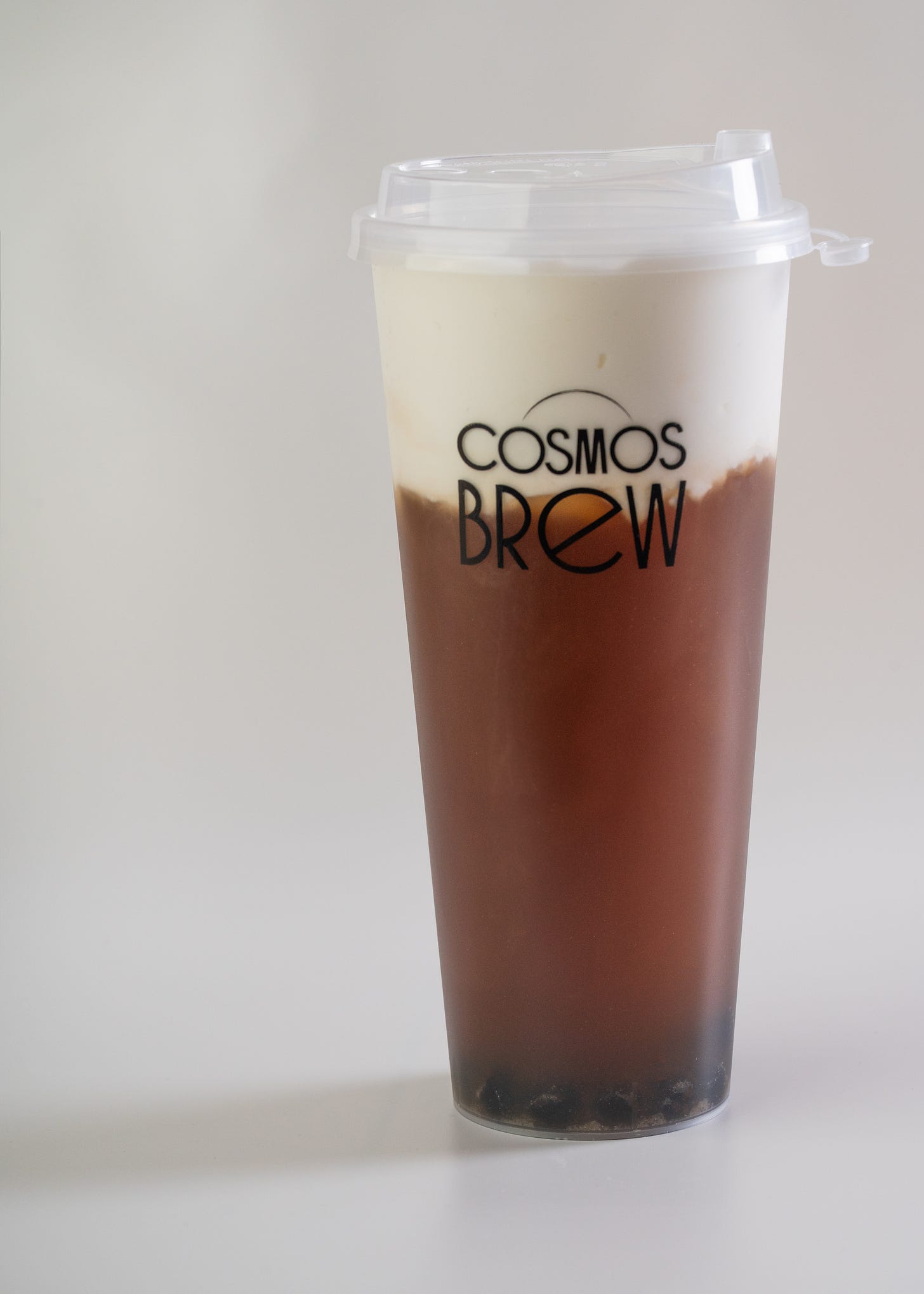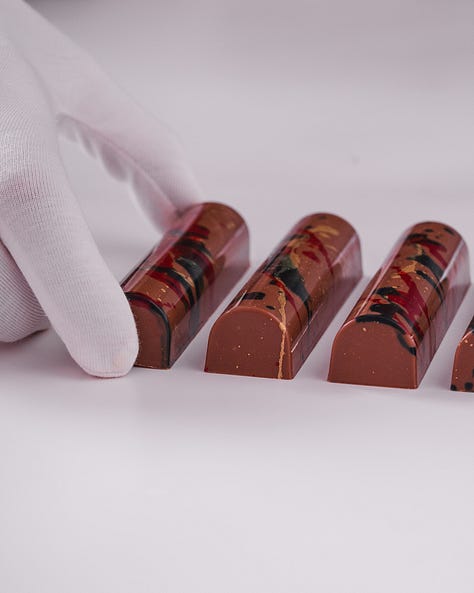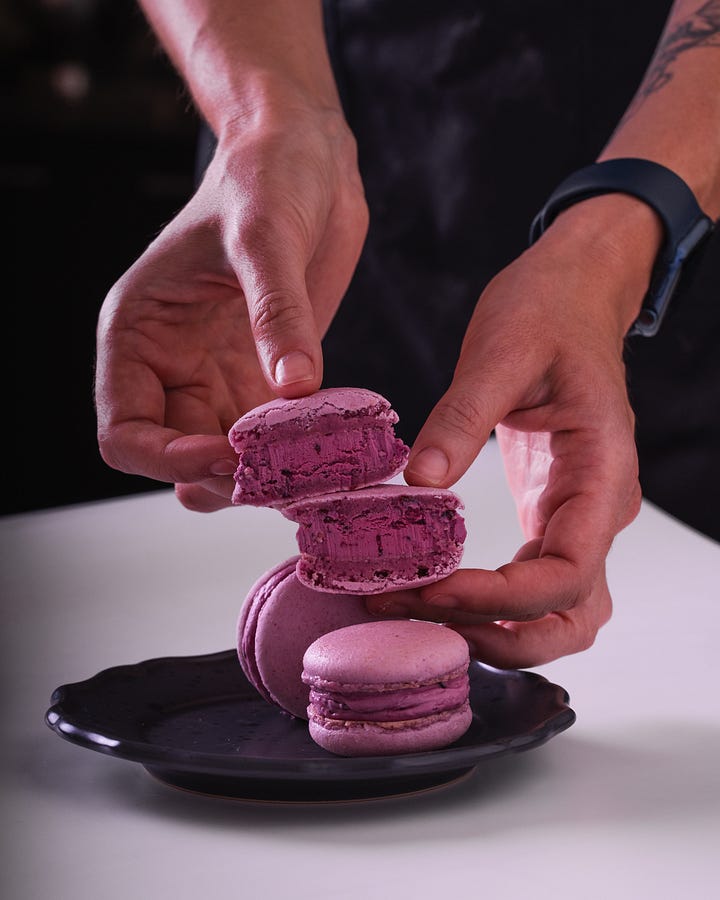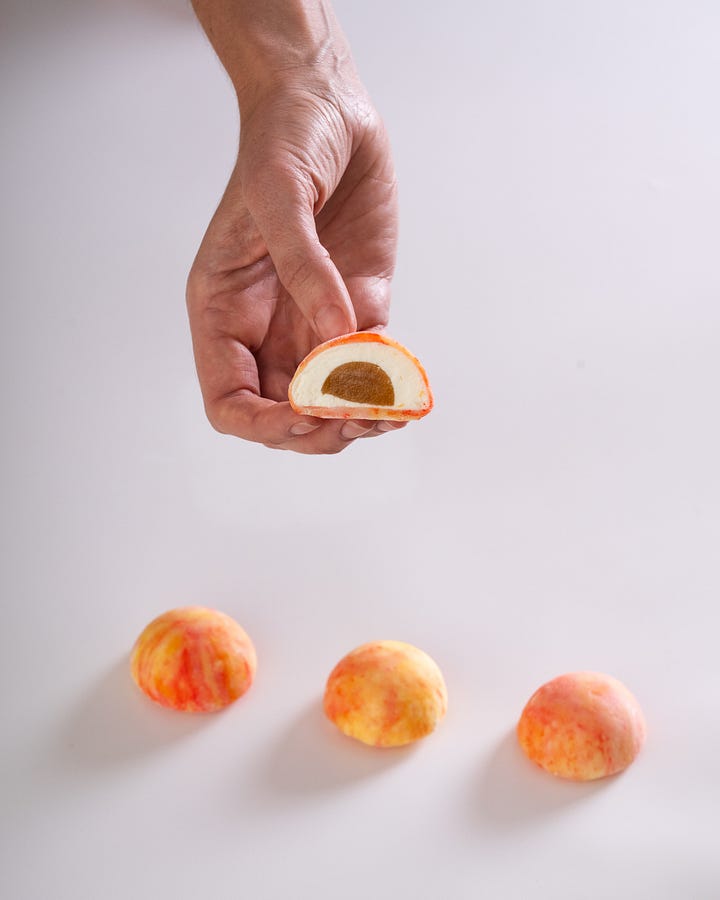Lacto-Fermentation and Bubble Tea
How coffee kvass with tapioca and cultured mascarpone foam became a local favorite in a Moscow neighborhood

Lacto-fermentation is both an ancient and surprisingly modern way of preserving foods and unlocking new flavors. The principle is simple: lactic acid bacteria feed on sugars and turn them into lactic acid. This acid gives products a light tang, extends their shelf life, and enriches their flavors with new dimensions. That’s how we get familiar staples like yogurt, sauerkraut, or sourdough bread. But in beverages, lacto-fermentation opens even more possibilities, striking a balance between freshness, acidity, and aromatic complexity.
Kvass is one of the drinks where lacto-fermentation takes center stage. Traditionally brewed from rye or barley malt with a starter culture—and sometimes herbs or berries—kvass always lives somewhere between bread and fruit, sweet and sour. For many, it’s tied to memories of summer, childhood, and a glass of refreshment by the neighborhood yard. But we wanted to see kvass differently: as the foundation for a contemporary drink where tradition meets modern trends.
That’s how our coffee kvass was born. We take malt, a bit of starter culture, and add cold brew coffee. The coffee contributes acidity and chocolate-fruity notes that play beautifully with the malty base. Lacto-fermentation softens and balances the flavor: lactic acid meets coffee acidity to create freshness without sharpness.
To make the drink not only delicious but playful, we serve it in bubble tea form. At the bottom of the glass sit warm, chewy tapioca pearls that add texture and make every sip an adventure. On top, we crown it with foam infused with palo santo—wood known for its warm, aromatic fragrance. We fold our homemade mascarpone into the foam, also the result of lacto-fermentation: cream transformed by kefir grains into a delicate cheese that gives the foam its creamy body. The result is a three-layered drink: malty coffee depth, subtly sweet tapioca, and light, aromatic foam. We call it Boba Kvass.
When we opened Cosmos Brew in Babushkinskaya, our idea was simple: to show that familiar products can be presented in surprising and delicious ways. Coffee kvass felt like a risky move—after all, not everyone imagines kvass and coffee in the same sentence. But this drink quickly became our neighborhood favorite. People love that it’s both recognizable and new. Some recall homemade kvass from their grandmother’s village, while others are discovering fermentation for the very first time.





In this drink, lacto-fermentation isn’t just a trend—it’s the connecting thread. It makes the kvass smooth, the mascarpone rich, and the whole experience cohesive. We never set out to invent “the most unusual bubble tea in Moscow.” We simply wanted to bring together what we love: fermentation, coffee, and a playful approach to form.
Maybe that’s why coffee kvass has caught on so well in Babushkinskaya. It’s become something like a “neighborhood drink”—familiar, yet unique. For us, it’s the best example of how traditions can be adapted into new formats without losing their essence. Lacto-fermentation remains at the heart of it all: the quiet, invisible work of bacteria turning simple ingredients into something greater—leaving us only to share the result with our neighbors and guests.
connect with us on Instagram:
Denis Pashkov
cosmos society
cosmos brew


